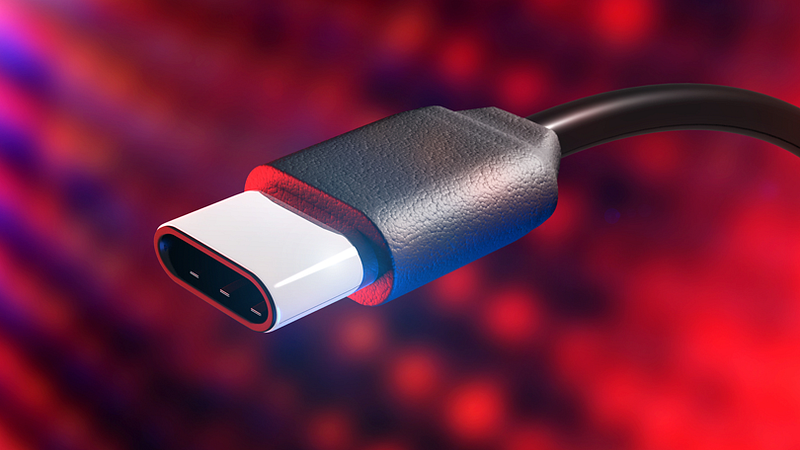Where Power and Data Meet … A Happy or an Unhappy Marriage?

Where Power and Data Meet … A Happy or an Unhappy Marriage?
Have you ever inserted a power supply into a device with the (+) and (-) round the wrong way, and then blown up the device? Well, I have… many times. And so it would be nice if we had an adaptor which allows us to insert it in any way up.
And why do we need a separate power adaptor and a data one? Why not merge?
And why do I have a drawer fully of old power supplies for mobile phones and laptops that I don’t use any more?
So after years to searching for the power adaptor which be matched your laptop or your phone, the industry finally seem to be focusing in on a standard: USB-C. But are we opening-up a whole lot of problems? A new article on the BBC [here] opens-up the debate on the security risks, and whether manufactures are taking the risk seriously.
Security risk?
It was always going to end badly. Electrical power is the key element of any computer system, and the most important element, as no power, equals no IT. But the drive for miniaturisation has led to the power adaptor and the data interface to be merge. On your phone, you don’t think twice about plugging in your phone to a power socket at home, but what about when you are on the road. Do you think twice about connecting it to USB charging point? And on our laptops now, many devoted Mac users see the move to USB-C as a backward step, and just love the old magnetic adaptor (ask a trip over the cable doesn’t end up crashing the Mac).
While many phones now ask to disable data access when charging, one must worry about the data access from laptops using USB-C. The BBC are now reporting a well-known hack of the power supply and where a listening device is added to the charger:

In the demo (by a hacker named MG) a fake login-in screen is injected into a call to a website. The concept of a bad USB disk has been known for a while, but the merging of a bad USB-C port with a power adapter is one that would worry many, especially if the computer manufacturers do not check the trustworthiness of the power source. The risk was highlighted in 2014 [here]:
The “magical” connector
Basically USB-C ramps up the power supply by providing 5 V at 3 Amps and 15 W of power (with a future updated to USB PD 3.0 which will support 20, 5V and 100 W). Basically there are CC lines for the power, and two data lines. USB 3 support brings a blistering 10 Gbps speed. The great thing about USB-C, too, is that you can plug it in any way and it will still work. So, basically, the USB 2.0 PHY part is the same as the USB standard, but the CC lines have been added to USB-C in order to detect how the connector has been connected and the power requirements of the connected device:

The CC logic thus detects the one the connector has been inserted, and will then flip the power rails for the connected device, depending on the way the connector has been put in. An over-current protector is there to protect when there is a short-circuit (such as when the connector is inserted into a device) or a fault. USB 3.0 support adds a few extra lines:

And we end up with the following for the connectors, and where the +V and GND will appear in the same place, no matter in which way up it is connected:

We see the USB 2.0 lines are the D+/D-, and the USB 3.0 ones are TX1/RX2 and TX2/RX2. These are differential data lines, in order to reduce noise, and this provide higher data rates. The potential for data transfer was defined — a long time ago — by Shannon who defined that the capacity of a channel varies inversely with the noise on the channel. A differential signal (and one that is not with reference to a noisy GND) is less effect by noise, as the noise will affect both lines, and when subtracted, the noise will tend to cancel.
Conclusions
There are risks in merging the ports, but it does bring many advantages. It is interesting that we are ended up with two chargers for our mobile phones … USB-C and Mac style. The EU want to end this, and are looking to force the iPhones of the future to adopt USB-C. So if you are an iPhone user, get ready to share your power adaptor with Android users. You might only have that little notch on the front and the logo on the back to showcase your shiny precious thing.